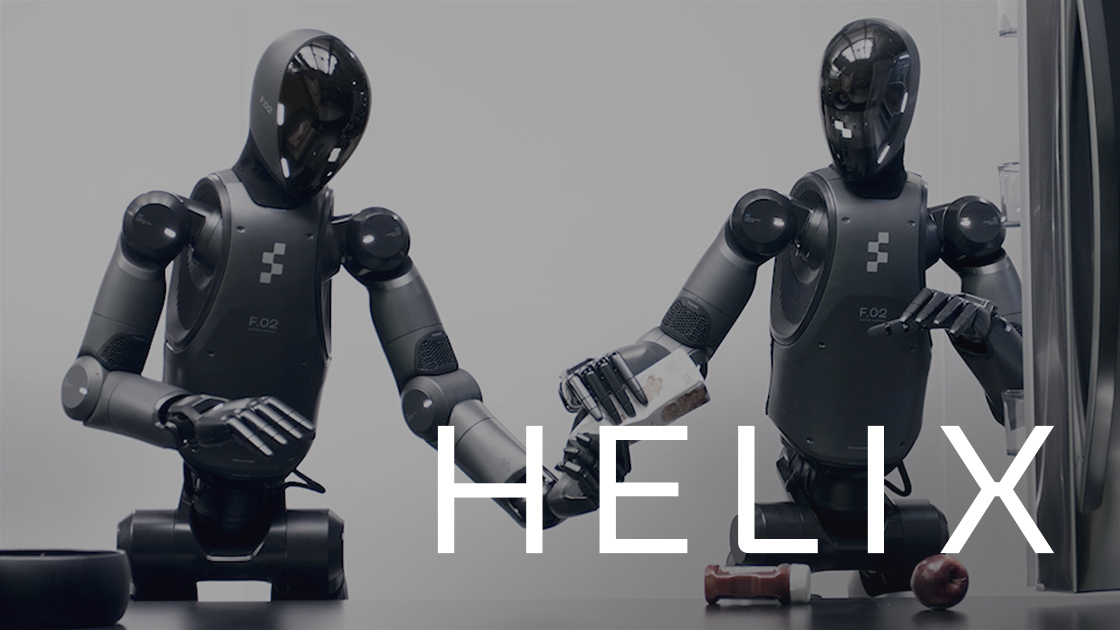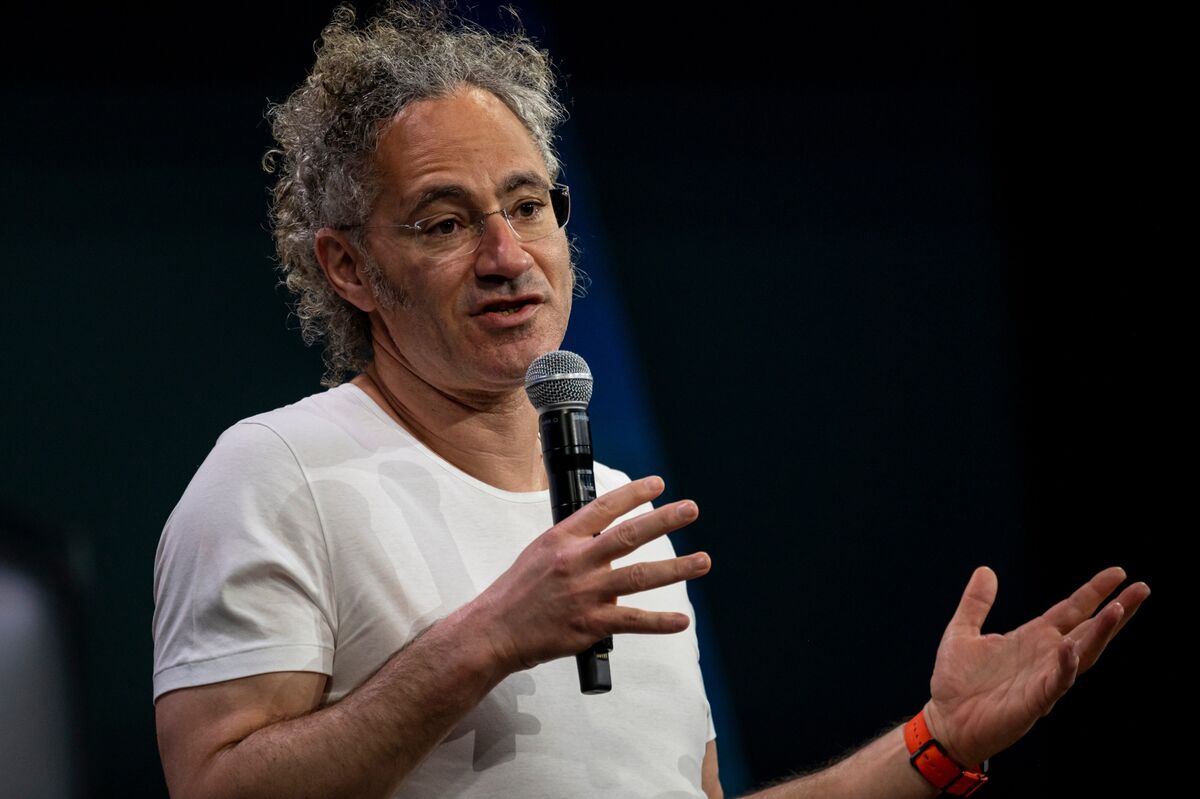OpenAI's Computing Power Shift: From Microsoft to SoftBank-Backed Stargate

OpenAI projects a significant shift in its computing power sources within the next five years. By 2030, it anticipates three-quarters of its data center capacity will come from Stargate, a project heavily funded by SoftBank, a recent investor. This marks a departure from its current reliance on Microsoft, its largest shareholder. While OpenAI will continue increasing spending on Microsoft's data centers in the near term, its overall costs are poised for dramatic growth. The company projects a $20 billion cash burn in 2027, significantly exceeding the reported $5 billion in 2024. By 2030, inference costs (running AI models) are expected to surpass training costs.




















